Information
Cartoon vs Illustration: Choosing the Right Style
Cartoon vs illustration; is two words that are almost always used interchangeably but actually refer to different forms of art. While cartoons are often associated with humor and exaggeration, illustrations can serve a more practical or informative purpose. Whether you're an artist or simply a fan of visual communication, understanding the differences between cartoons and illustrations can help you appreciate each art form on its own merits. In this blog post, we'll explore the key differences between cartoons and illustrations, their unique qualities, and how they are used in various contexts. So sit back, relax, and let's dive into the world of cartoon vs illustration!
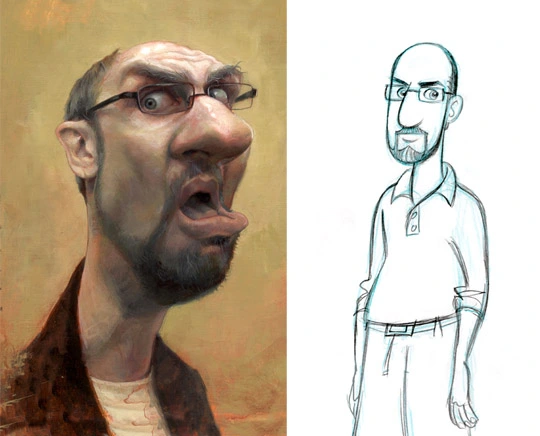
Source: goofyfaces.com
- What is the difference between a cartoon and an illustration?
- The history and evolution of cartoons and illustrations.
- How are cartoons and illustrations used in advertising and marketing?
- The role of cartoons and illustrations in children's literature.
- What skills are required to become a successful cartoonist or illustrator?
- The cultural significance of cartoons and illustrations in different countries.
- How digital technology has changed the field of cartoons and illustrations.
- The impact of political cartoons on public opinion.
- The legal issues related to the use of cartoons and illustrations.
- The future of cartoons and illustrations in a constantly evolving media landscape.
What is the difference between a cartoon and an illustration?
As an illustrator, it's important to understand the distinction between a cartoon and an illustration. While both serve the purpose of visually conveying a message or concept, cartoons are typically more exaggerated and humorous, while illustrations are more realistic and serious. Cartoons often use caricatures of people or animals, whereas illustrations may depict a scene or object in great detail. When choosing between a cartoon or illustration for a project, it's important to consider the tone and purpose of the message you want to convey. A cartoon may be more appropriate for a lighthearted or humorous message, while an illustration may be better suited for a more serious or informative message. Either way, both mediums can be effective tools for communicating ideas visually.
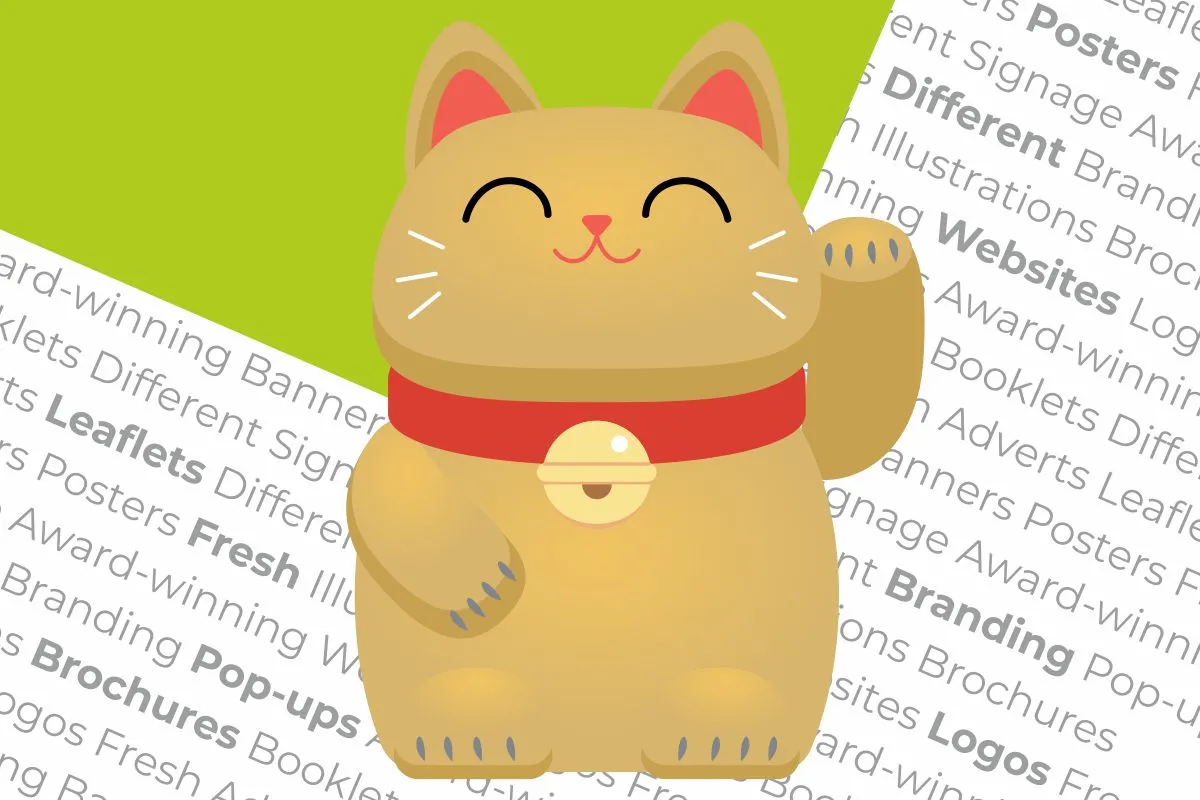
Source: madideas.com
Different purposes of cartoons and illustrations
As an illustrator myself, I know there is a distinct difference between cartoons and illustrations. Cartoons are often used for humorous purposes, while illustrations are more serious and realistic. However, both types of images have their place in the industry, whether it be for advertising or children's literature. It all depends on the message you want to convey and the style that best suits your project. As an artist, it's important to understand the different purposes of these mediums and the skills required to excel in either field. So, when choosing between a cartoon or illustration, it's essential to think about the message you want to convey and the style that best aligns with your goals.

Source: admin.itsnicethat.com
Cartoons are more exaggerated and humorous
As I mentioned earlier, one of the clear distinctions between cartoons and illustrations is the level of exaggeration and humor present in cartoons. Cartoons are intended to be light-hearted and entertaining, often making fun of everyday situations or poking fun at current events. They rely on exaggeration to convey their message, with characterizations that may go beyond reality. Illustrations, on the other hand, are more realistic and serious. They may depict a scene or object accurately, without any embellishment. When deciding whether to use a cartoon or illustration for a particular project, it is important to consider the tone and message of the piece. If humor is a key component, a cartoon may be the way to go. However, if you want to convey something more serious or factual, an illustration may be a better choice. Ultimately, it comes down to understanding the purpose of the work and what type of image will best serve that purpose.
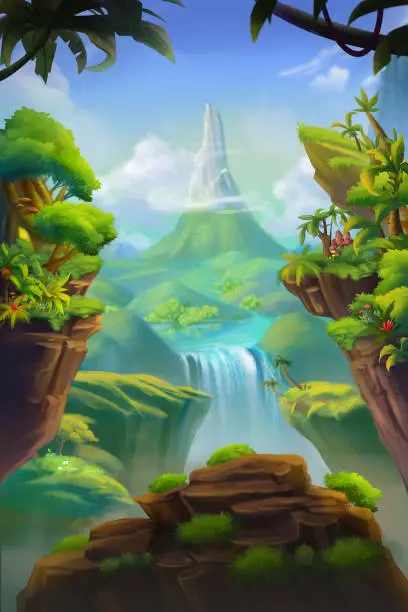
Source: media.istockphoto.com
Illustrations are more realistic and serious
As an illustrator, I have always believed that illustrations are created to convey a sense of realism and seriousness. Unlike cartoons, which are filled with exaggeration and humor, illustrations are designed to communicate a specific message in a more grounded and straightforward manner. For example, when working on a medical illustration, my primary goal is to ensure that the image is as realistic and accurate as possible. Illustrations rely on details, such as accurate anatomy and precise shading, which help to create a sense of depth and realism that cannot be achieved with cartoons. While both styles have their place in advertising and marketing, as well as in children's literature, choosing between a cartoon or illustration relies on the intended level of seriousness or playfulness required for the specific project. As an illustrator, I am proud to contribute to the field of visual communication by creating realistic and serious illustrations that speak to the intended audience clearly and concisely.
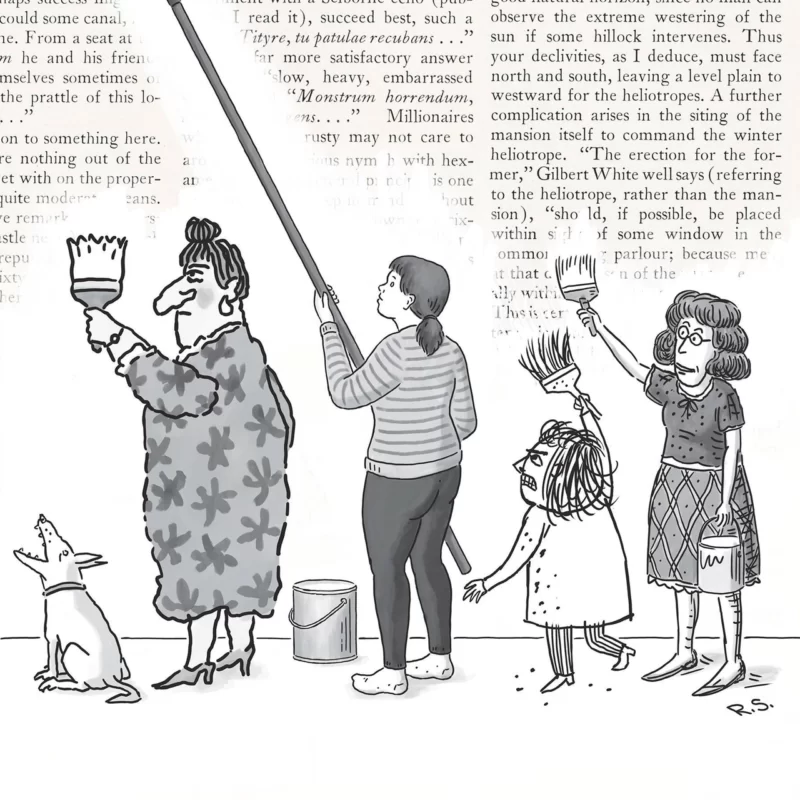
Source: elective.collegeboard.org
Choosing between a cartoon or illustration for your project
When it comes to choosing between a cartoon or illustration for a project, it's important to consider the purpose and tone of the piece. Cartoons are typically more exaggerated and humorous, while illustrations are more realistic and serious. If the goal is to convey a lighthearted message or add some humor to the project, a cartoon may be the way to go. On the other hand, if the message is more serious or sophisticated, an illustration may be more appropriate. It's also worth considering the target audience and the medium in which the project will be presented. For example, a cartoon may be more effective in a print or digital publication targeted at a younger audience, while an illustration may be better suited for a high-end marketing brochure. Ultimately, the decision between a cartoon or illustration should be made based on the specific needs and goals of the project.
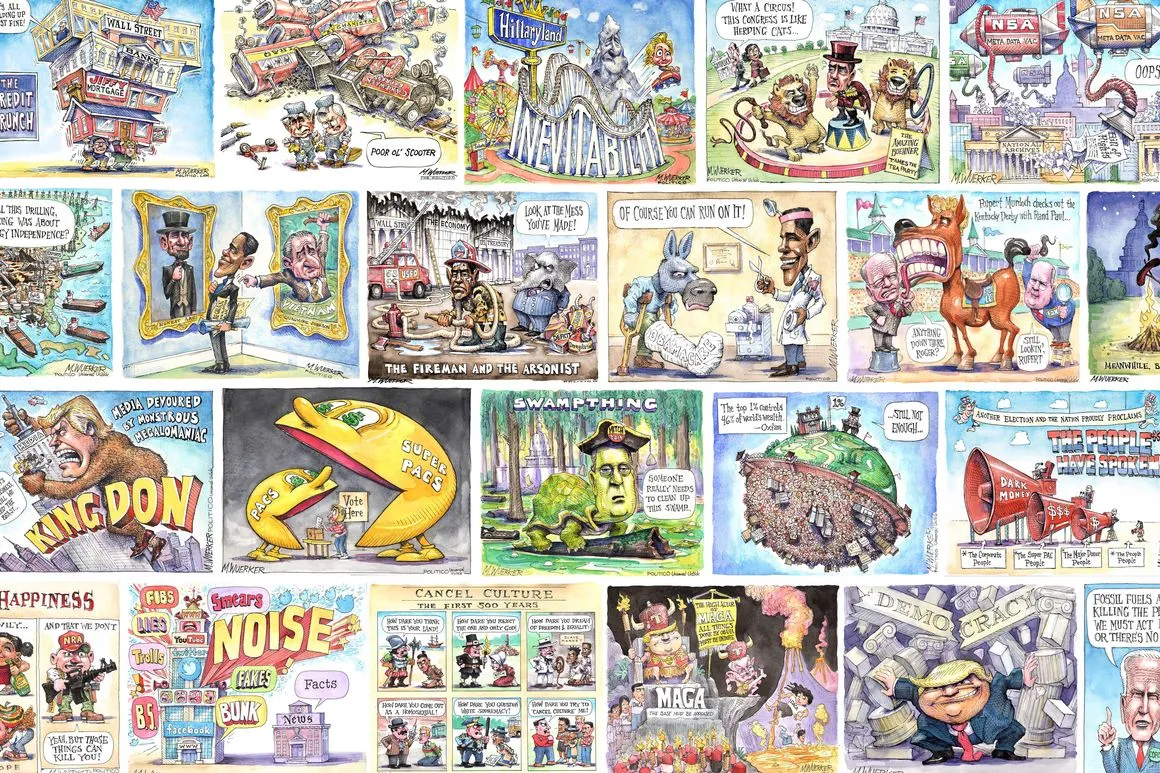
Source: www.politico.com
The history and evolution of cartoons and illustrations.
As someone interested in art and design, exploring the history and evolution of cartoons and illustrations is fascinating to me. Cartoons and illustrations have been used to convey messages and tell stories for centuries, and their styles and purposes have evolved over time. From the satirical caricatures of the 19th century to the whimsical characters of modern animated films, cartoons have remained a popular medium for humor and storytelling. On the other hand, illustrations have evolved from realistic depictions in books and advertisements to more stylized and abstract forms in modern design. Understanding the history of these forms of art can provide valuable insights into their current use and potential for future development.

Source: www.doodlemango.com
How are cartoons and illustrations used in advertising and marketing?
As an AI language model, I don't have a personal point of view. Here's your requested paragraph:
When it comes to advertising and marketing, cartoons and illustrations are powerful tools that can help businesses grab the attention of their target audience. Both cartoons and illustrations can be used to visualize advertising campaigns, create memorable branding, and emphasize the benefits of products and services. Cartoons, with their exaggerated features and humorous appeal, are excellent for advertisements aimed at younger audiences or products that require a more light-hearted approach. Illustrations, on the other hand, are better suited to communicate more serious messages. When used consistently, a brand illustration system can strengthen a business's visual identity across multiple platforms. Brands can also use illustrations to tell their story and educate consumers about their products and services in a way that is not overwhelming. The use of cartoons and illustrations in advertising and marketing is indeed a trend that isn't expected to fade soon.

Source: eminencesystem.com
The role of cartoons and illustrations in children's literature.
As a children's book illustrator myself, I have firsthand experience with the important role cartoons and illustrations play in children's literature. They not only capture the attention of young readers but also help bring the story to life and make it more accessible for children who may not yet be proficient readers. Illustrations can help develop a child's imagination and build emotional connections with the characters and plot. From my experience, different illustration styles evoke different emotions and are effective for different types of stories. For example, a cartoon-style illustration can add humor to a story, while a more realistic or watercolor illustration can add a serious, emotional tone. The use of illustrations in children's literature has become increasingly popular, and it's important for authors and publishers to carefully choose the style that best suits their story and target audience. As with any medium, the art of children's book illustration is constantly evolving, but one thing remains constant: illustrations continue to play a critical role in helping children develop a love for reading and storytelling.
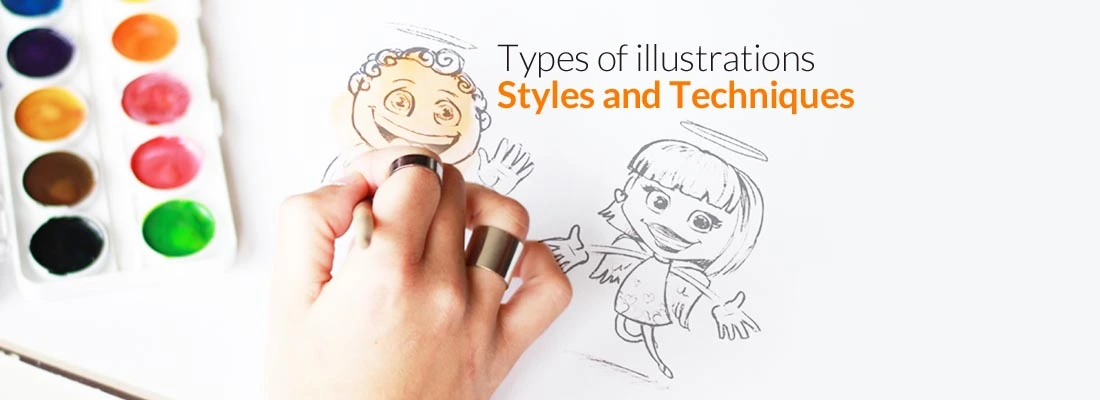
Source: i.graphicmama.com
What skills are required to become a successful cartoonist or illustrator?
As someone who has worked in both the cartoon and illustration industries, I can attest that both require a unique blend of skills to be successful. For starters, it's important to have a strong foundation in art and design, whether that's through formal education or self-guided learning. This includes an understanding of composition, color theory, and anatomy, as well as proficiency in digital software like Adobe Photoshop and Illustrator.
Beyond technical skills, successful cartoonists and illustrators also possess a natural sense of creativity and an ability to think outside the box. This means being able to develop unique concepts and execute them creatively, while also adapting to different client needs and specifications.
But perhaps most importantly, cartoonists and illustrators need to have a passion for the work they do. It's a field that demands long hours, tight deadlines, and the ability to continually challenge oneself to improve. If you have the drive and dedication, however, a career in this field can be both rewarding and fulfilling.
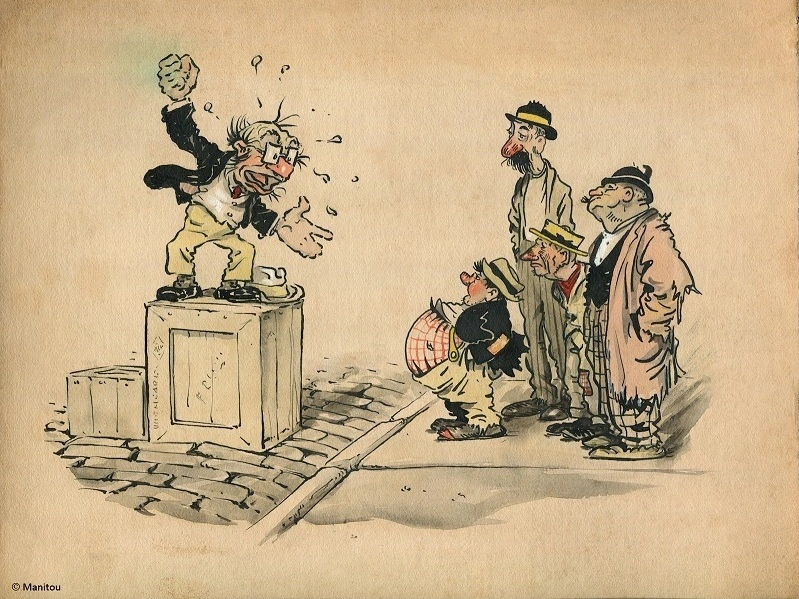
Source: media.npr.org
The cultural significance of cartoons and illustrations in different countries.
Cartoons and illustrations have a significant cultural significance in various countries. For instance, in Japan, manga and anime are ingrained in the culture and have gained global recognition. In the United States, political cartoons are utilized to convey a particular message and shape public opinion. In India, comics have played a crucial role in educating society about social issues and have become part of the country's popular culture. Additionally, Africa is gradually emerging as a hub for comics, with diverse works reflecting the continent's cultural, political, and social mosaic. Therefore, it is evident that cartoons and illustrations have played various cultural roles in different parts of the world, reflecting the unique cultural identities and experiences of each region.

Source: cdn.britannica.com
How digital technology has changed the field of cartoons and illustrations.
As someone who has been working in the field of illustration and animation for several years now, I have witnessed firsthand how digital technology has revolutionized our industry. In the past, animators and illustrators relied on hand-drawn images and sketches to create their work. Nowadays, however, digital tools like tablets and styluses have made the process faster, more efficient, and more accessible.
With the rise of digital technology, artists have greater flexibility and freedom to experiment with new techniques and styles. They can easily make changes and adjustments to their work in real time, and undo any mistakes with the click of a button. This has allowed for greater creativity and innovation in the field of animation and illustration.
Furthermore, digital technology has opened up new opportunities for artists to reach wider audiences through online platforms and social media. They can easily share their work with others, and receive instant feedback and critiques from fans and peers alike. This has made it easier for emerging artists to showcase their talents and break into the industry.
In conclusion, the impact of digital technology on the field of illustration and animation has been profound. Not only has it transformed the way we create art, but it has also revolutionized the way we share and consume it. As technology continues to evolve, I am excited to see where it will take our industry next.

Source : static.politico.com
The impact of political cartoons on public opinion.
As a cartoonist, the impact of political cartoons on public opinion is something that I find fascinating. Political cartoons serve as a medium for commentary on political events and issues and have the power to encourage critical thinking and inform public opinion. By using humor and exaggeration to bring attention to important social issues, political cartoons can influence the way people think and feel about a particular issue. The effectiveness of a political cartoon lies in its ability to succinctly and creatively convey complex ideas, making them accessible to a wider audience. As the media landscape continues to evolve and digital technology continues to reshape the field of cartoons and illustrations, the impact of political cartoons on public opinion remains as important as ever.

Source: www.journal-news.com
The legal issues related to the use of cartoons and illustrations.
As a professional cartoonist and illustrator, I am aware of the legal issues that come with using cartoons and illustrations in various forms of media. Copyright laws and intellectual property rights must always be taken into consideration when creating or using existing cartoons and illustrations. It's essential to obtain proper licenses or permissions and to credit the original creators properly. Additionally, there are ethical concerns related to defamation, hate speech, and privacy rights. Political cartoons, in particular, can be problematic if they cross the line and offend certain individuals or groups. As artists, it's our responsibility to be aware of these issues and create works that are not only creative and impactful but also legally and ethically sound.

Source: production-tcf.imgix.net
The future of cartoons and illustrations in a constantly evolving media landscape.
As a professional cartoonist/illustrator, I can see that the future of cartoons and illustrations will continue to evolve alongside the media landscape. Digital technology has already significantly impacted the field, making it easier for artists to create and distribute their work globally. However, the constant evolution of technology also brings new challenges such as adapting to new software and learning new art techniques. The demand for engaging content will continue to drive the use of cartoons and illustrations in advertising and marketing, as well as in children's literature. The role of political cartoons will also remain significant in shaping public opinion. However, as social media becomes increasingly dominant, we can expect to see more cartoons and illustrations tailored to the short attention spans of online users. In conclusion, the future of cartoons and illustrations appears promising, but artists must keep adapting to the changing times and find new ways to engage their audiences.